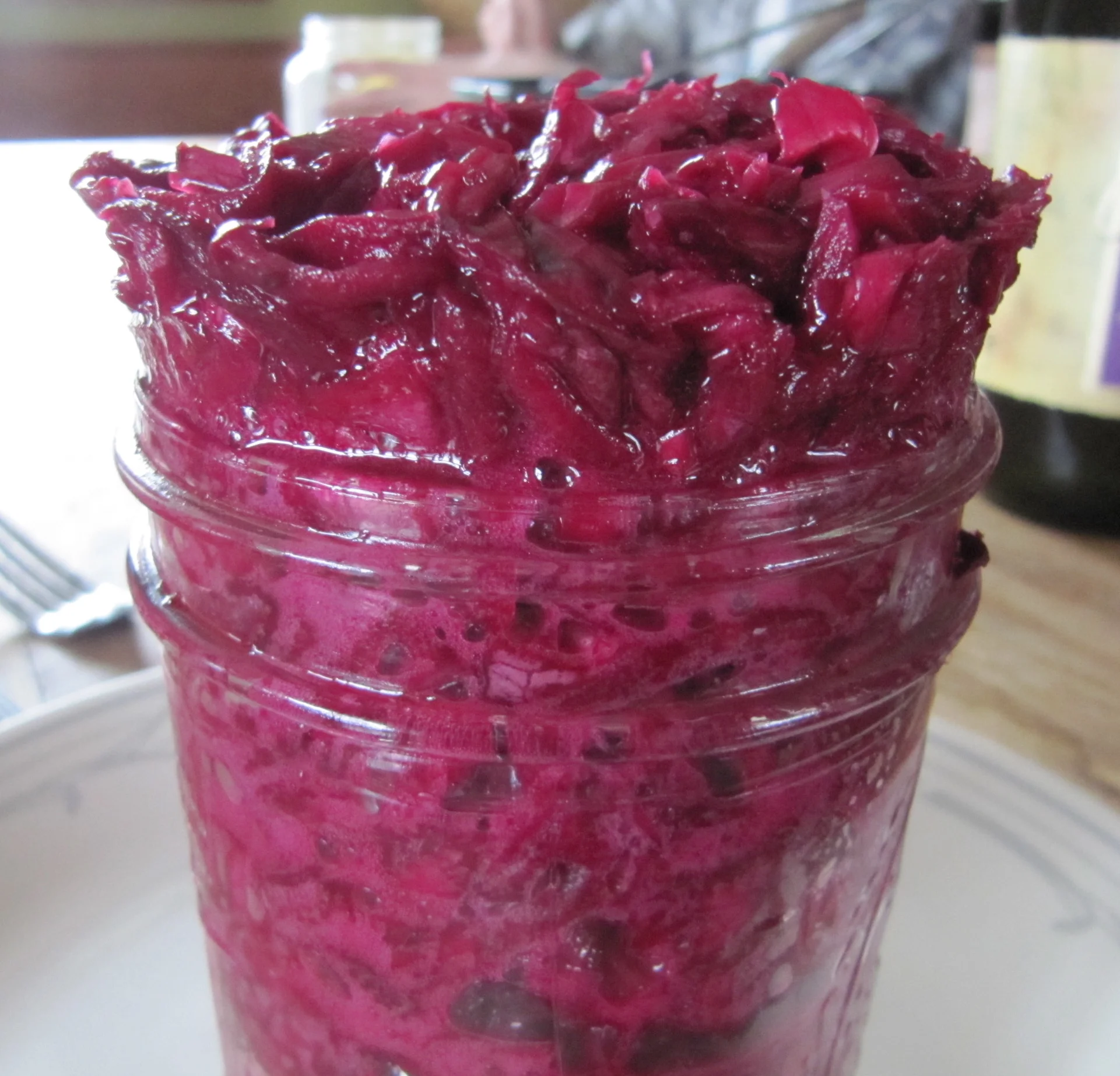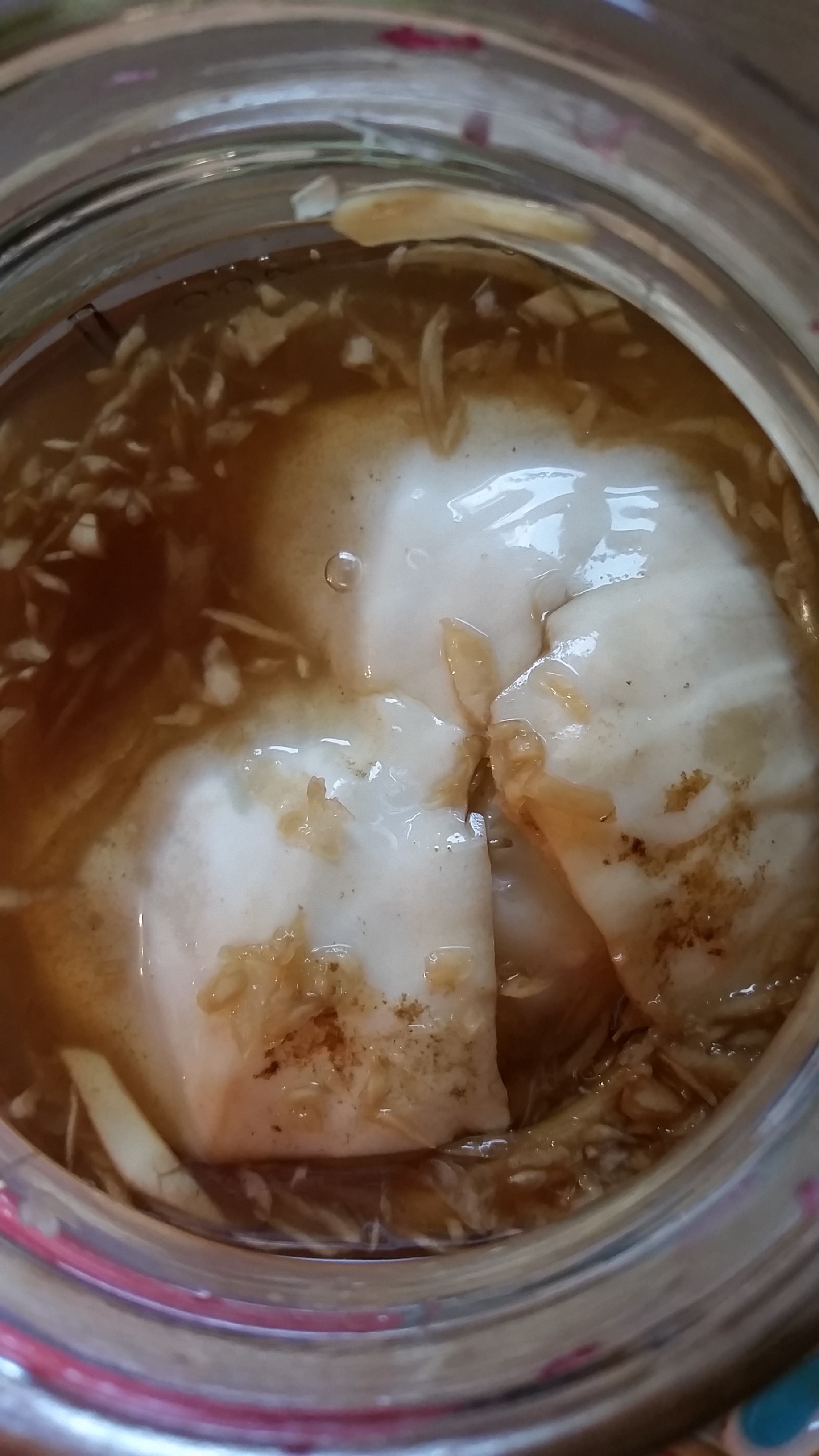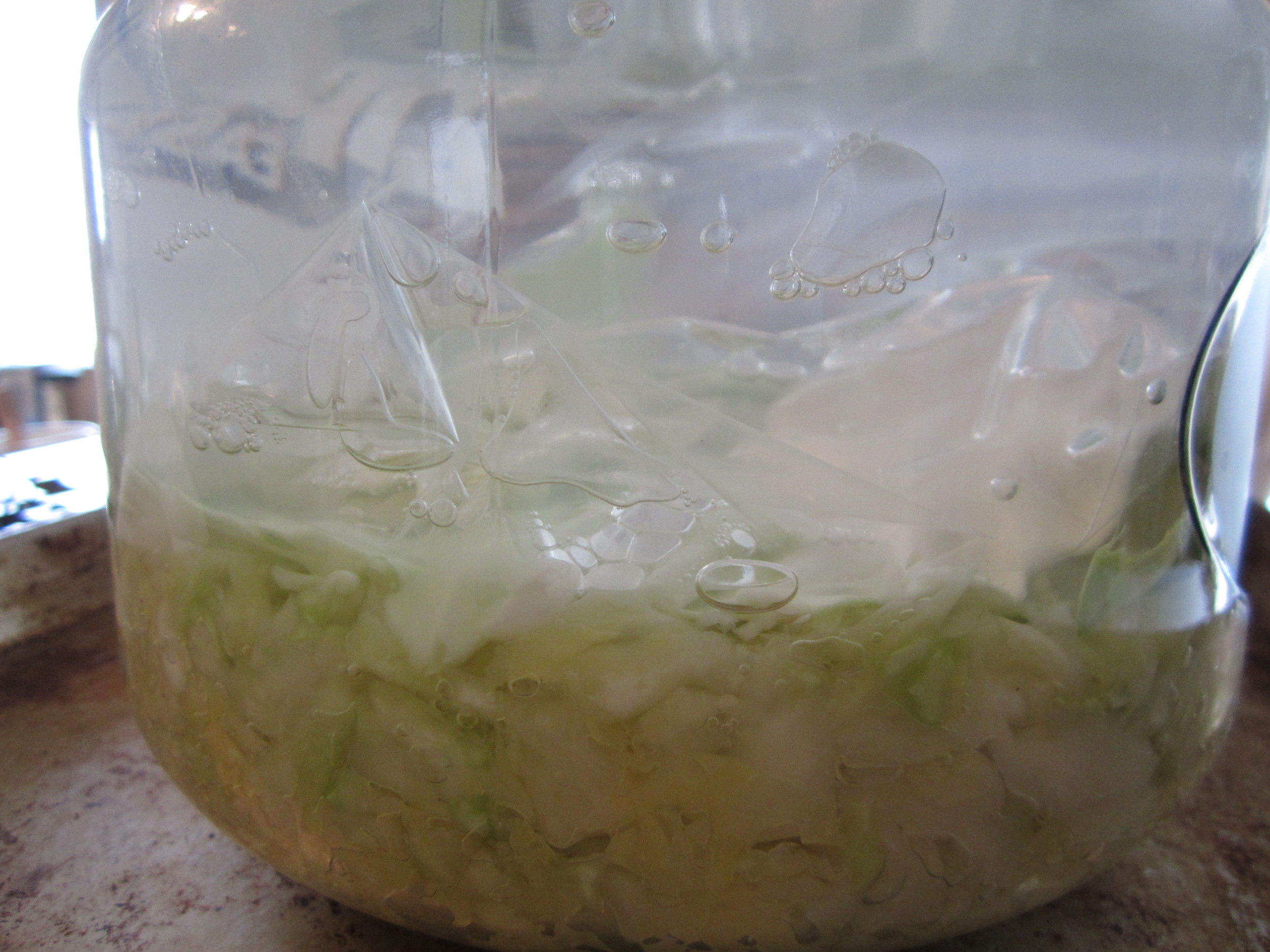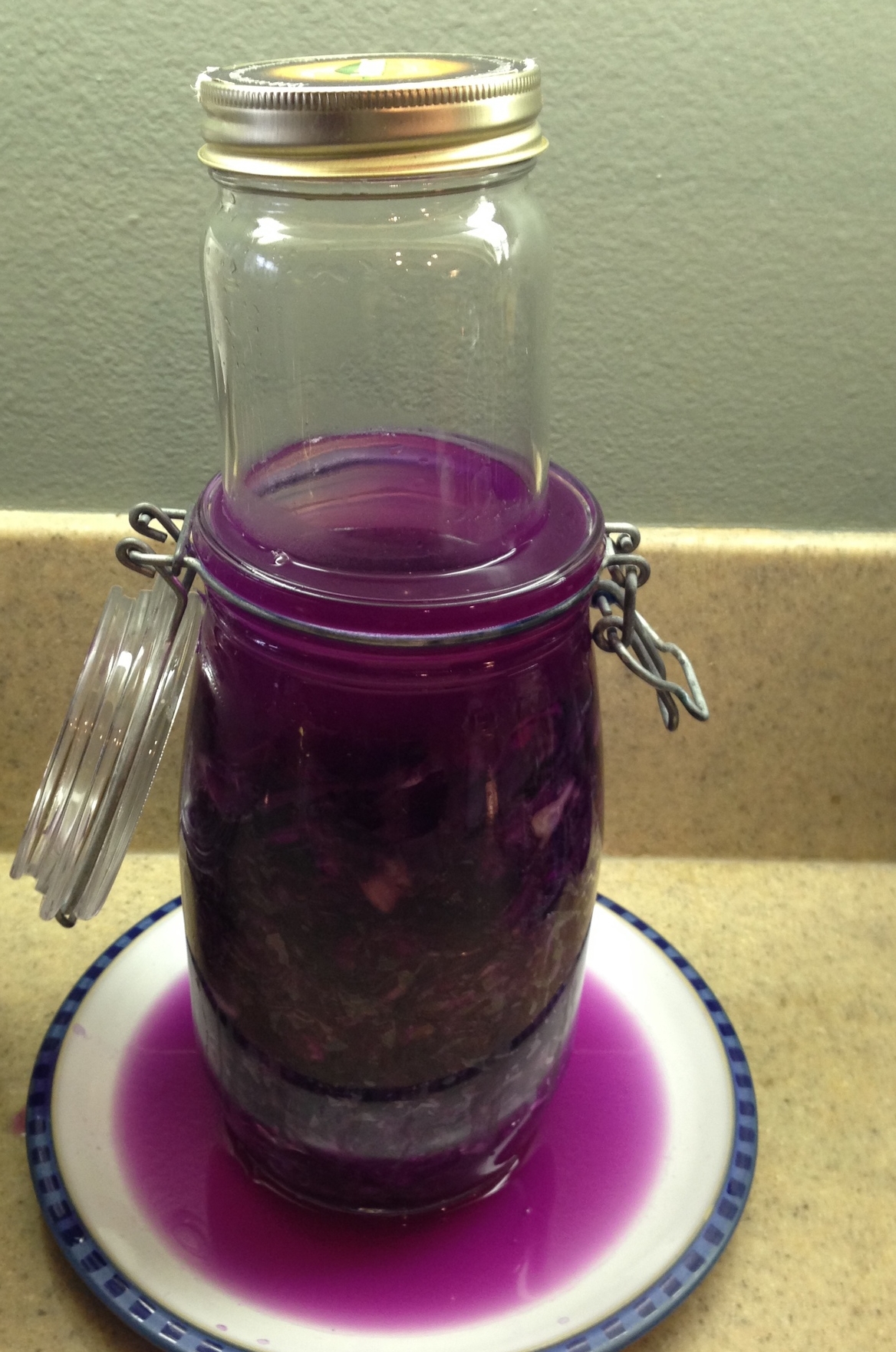Hello Kirsten,
I've recently made a bottle of spinach kraut by following one of your recipes. And when it was done, I put it into the fridge. Only after a few days, I saw a "white ring" at the bottom of the bottle. I've attached a picture here to explain better. Do you know why that happened? And is it still safe to eat?
Thanks,
Tracy
Hi Tracy,
The white ring at the bottom of your ferment it fine and a normal part of fermentation. It is similar to the sediment at the bottom of pickles (like Bubbies brand or home fermented pickles). I am happy to report it is very normal and harmless. I believe you are seeing it because the spinach ferment is darker in color than most. If you look carefully at other ferments you will likely see a similar ring.
Cheers,
Kirsten
Here is another troubleshooting question about sediment with the same advice, but maybe that one looks more like yours than this one.
If you would like to learn how to make sauerkraut or pickles we have a couple of courses now available at our fermentation school:
Mastering Fermented Vegetables It covers it all. This complete vegetable fermentation course will teach you the skills and give you the confidence to ferment any vegetable safely and effectively.
Learn to Make Fermented Hot Sauces Learn to ferment hot sauce with any pepper you love. You can choose blazing hot or super mild peppers, fresh or dry and blend in other flavors. This fermentation class will teach you everything you need to make your own safe probiotic hot sauces.
Learn to Ferment Sauerkraut and Pickles In this class we will walk you through making your own delicious lacto-fermented sauerkraut and pickles. This class is a benefit for the displaced folks from the Sept 9, 2020 Fires in Southern Oregon. All proceeds will go to good food aid.

















